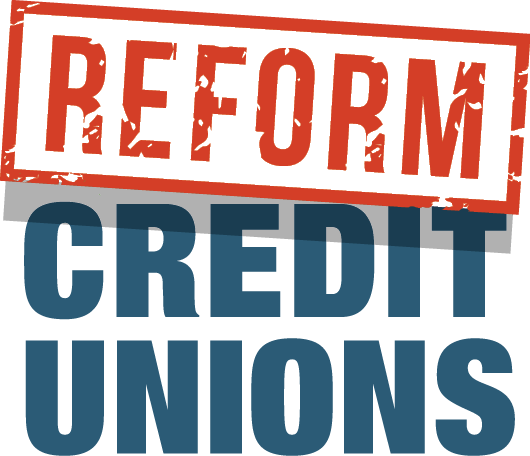If it holds assets like a bank, loans money like a bank, and frequently calls itself a bank, is it a bank?
Not if it’s a large credit union like Alliant.
The Chicago-based financial services giant–which recently strayed far from its home base to announce $68 million in loans for apartment complexes in Columbia, S.C., Richmond, Va. and Portland, Ore.–has many of the familiar markings of a large, market-oriented credit union. It’s growing rapidly (20 percent in 2020). It has sizable assets (more than $14 billion). And it’s moving aggressively to finance lifestyles for affluent people by touting platinum credit cards, loans for RVs, and car-buying services.
Like other credit unions, however, it differs from a traditional bank in significant ways. As a “not-for-profit” credit union, it pays no federal income taxes, which affords it an unfair competitive advantage in the marketplace against other financial services firms. And while Alliant selectively promotes certain aspects of its community engagement, it has no obligation to report on whether it provides credit for low- and moderate-income neighborhoods, like banks do.
Credit unions were created by Congress in 1934 to provide “people of small means credit for provident purposes through a national system of cooperative credit.” Alliant was created the following year as the United Airlines Employees’ Credit Union, or UAECU. As regulators began to relax guidelines around the so-called “common bonds” of credit union memberships, the UAECU joined other large credit unions in finding new markets to press its advantage. After 68 years with a sole sponsor, it announced in 2003 it had become Alliant, offering service to 27 sponsor organizations and to people who lived near Chicago’s largest airport.
It subsequently acquired Kaiperm Federal Credit Union in Oakland, CA, merged with Continental Federal Credit Union of Tempe, AZ, offered membership to 150 organizations, and morphed into a digital financial services firm—all with the competitive cover that being a federally-chartered credit union provides. Virtually anyone can become a customer for $5, which attains “membership.” Still, Alliant drops the mask sometimes, as when they refer on their own website to the fees of “other banks.”
The old saying goes that if it looks like a duck, swims like a duck, and quacks like a duck, then it probably is a duck. But such logic does not apply to credit unions. If you want to know why Alliant has grown up to look like a bank, act like a bank, and market itself like a bank but still holds the unfair advantages of credit unions, here’s a suggestion. Ask Congress.
